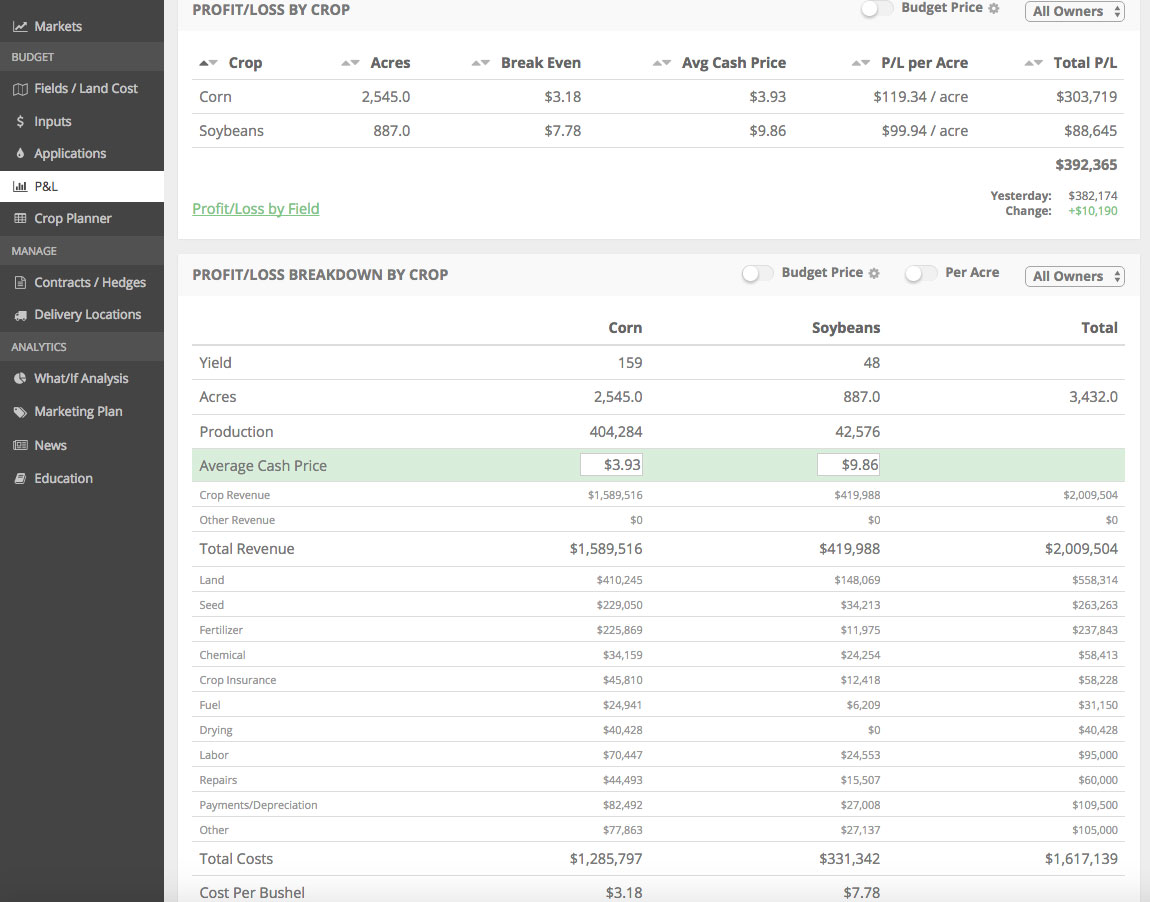Do you think you make rational and smart farm management decisions most of the time?
Chances are good that even if you think of yourself as being rational most of the time, you still occasionally fall for what is known as the sunk cost fallacy.
This is a vital farm finance concept to that you need to grasp in your operation.
So what is the sunk cost fallacy?
In farm economics, a sunk cost is any past cost that has already been incurred and cannot be recovered. For example, a business may have invested $500,000 into a new IT system. This money is now gone and cannot be recovered, so it shouldn’t figure into the business’s future decision-making process.
Or, let’s say you buy tickets to a football game. On the day of the game, you come down with the flu. Even though you feel like crap, you decide to go to the game because otherwise “you would have wasted your money”.
Well look here……you just fell for the sunk cost fallacy.
Sure, you spent the money already. But you can’t get it back. If you aren’t going to enjoy the game, you are only make your life worse-off by attending.
Always look out the windshield, not the rear-view mirror
The important thing to always remember about sunk costs is when it comes time to make a decision about the project or investment, you should NOT factor in the sunk costs in that decision.
You should treat them as gone already and make the decision based on what is in front of you in terms of costs and opportunities.
Let’s walk through an example.
“Prices are terrible, I’m done investing in this crop!”
You are a corn farmer with a projected full year cost of production of $600/acre. Assuming a projected yield of 175 bushels/acre, your cost of production is $3.43/bushel.
Today’s cash price is $3.10. You sold a decent chunk of your of your crop at small projected profit a few weeks ago but today’s profit prospects look “breakeven-ish”.
You get some tissue tests done and it looks like your crop could use a shot of N. It’s not easy to invest incremental capital into the crop that looks like a breakeven crop at best.
But……you need to forget about all past investments and focus on this singular decision.
Assuming that your cost for 28% UAN is $1.20/gallon and your (self-applied) application cost is $3.00/acre, your cost to apply 10 gallons of 28% is $15.00/acre.
Your breakeven yield increase on this application is 4.84 bushels ($15.00 cost / $3.10 cash price). Your historical split tests on your farm should help guide you to whether or not this a good investment.
This is a relatively straightforward example and should be common sense…..let’s take a look at another example that isn’t quite as easy.
“I can’t sell my tractor for that!”
Let’s assume you bought a slightly used row crop tractor at the end of 2013 for $300,000 (your tax accountant gave you a $300,000 check to spend, fun!!).
You put $75,000 down and financed the rest on a 6-year note with 5% interest with the first payment pushed out until early 2015. Your payments are approximately $45,000/year.
This last winter, you calculate your cost of production and that payment (along with a few others) puts your cost of production “out of market” (too high). Your outstanding balance on your note is $165,000.
During the boom years from 2010-2013/2014, this tractor may have depreciated only $20k/year but now your equity is gone and the tractor is worth the note value of $165,000.
It’s really hard to pull the plug, sell the tractor, and “eat” your equity loss of $75,000.
But what’s done is done!
Your sole focus should be on how to reduce that $45,000 payment for the next 4 years, not the equity loss, while still maintaining your ability to produce the best crops possible.
- Maybe this is a complementary tractor that can be replaced with a higher-hour machine
- Maybe one of the big equipment companies will give you an above market value on your trade that will allow you to roll some equity into a cheaper lease
We can’t change the past so we need to focus solely on making the best looking forward decision we can. To read a blog post we wrote on how to use statistical thinking when approaching famr management decisions, click here.
The key here is to look out the windshield not the rear-view mirror when making farm finance decisions.
Make your farm a lean, mean crop-producing machine!
As an aside, our software is a great way to keep your “eye on the prize”. The “prize” being your forward-looking bottom line. If you’d like to try a zero-obligation free trial (or sign up for another trial if you’ve already done one), click the button below.
If you enjoy posts like this, check out the links below.

Nick Horob
Passionate about farm finances, software, and assets that produce cash flow (oil wells/farmland/rentals). U of MN grad.
Related Posts
A Simple Formula for Higher Farm Profits: The 5% Rule
Small changes can lead to large increases in farm profitability. Farms should focus on making incremental improvements to yield and price while reducing overhead expenses. This ROI-focused approach is a key step in building a successful business, farm businesses included.
Read More »The Traits of the Top 20% of Farmers vs the Bottom 20%
In this blog post, we discuss a recent presentation that Dr. David Kohl gave on traits that he believes separate the top 20% vs. bottom 20% of farmers. We also add a few traits to his list.
Read More »
